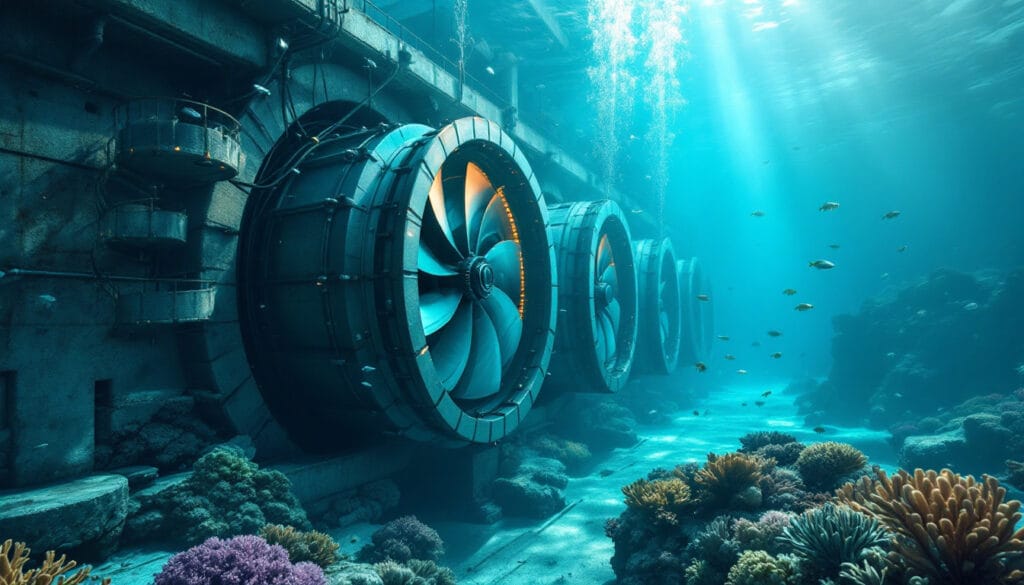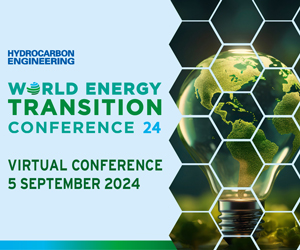In the midst of an energy transition, green hydrogen is emerging as a key player. Produced by water electrolysis using renewable energies such as solar or wind, it stands out for its production without carbon emissions. Unlike traditional processes, green hydrogen offers promising prospects for decarbonizing various sectors, from mobility to industry, while addressing current environmental challenges. With massive investments on a global scale, it is gradually establishing itself at the heart of global energy strategies.
Green Hydrogen: This term refers to hydrogen produced by water electrolysis using electricity from renewable sources such as solar or wind. This process generates no carbon emissions, unlike traditional methods that rely on fossil fuels. Indeed, the electrolysis process separates water molecules (H2O) to obtain dihydrogen (H2) and dioxygen (O2).
Electrolysis: A technique used to extract hydrogen from water using an electric current. Water, composed of two hydrogen atoms and one oxygen atom (H2O), is separated into its constituents by the passage of electricity, allowing the production of pure hydrogen and oxygen gas.
Renewable Energy Source: These energy sources include solar, wind, hydropower, and biomass. They are sustainable and emit little to no greenhouse gases during their use. By supporting the electricity supply for electrolysis, they ensure that the hydrogen produced is truly “green.”
Gray Hydrogen: Unlike green hydrogen, gray hydrogen is produced from hydrocarbons such as methane, resulting in carbon dioxide emissions. This process releases CO2 into the atmosphere, thereby contributing to climate change.
Carbon Neutrality: A situation where the carbon impact of an entity or process is null. Green hydrogen plays a crucial role in achieving this goal, particularly in heavy industries and the transport sector, by significantly reducing emissions.
Fuel Cell: A technology that uses hydrogen to produce electricity. In a fuel cell, hydrogen and oxygen are combined to generate electricity, heat, and water. Cars and vehicles powered by hydrogen fuel cells are alternatives to internal combustion engines, reducing the carbon footprint of transportation.
The enthusiasm for green hydrogen is global, and it is at the core of the energy strategies of many countries, from Europe to the United States, including Asia, particularly Japan, South Korea, and China. These nations have implemented ambitious policies and are investing heavily to develop the necessary infrastructure for its production and use.
Meanwhile, several regions, such as Tunisia, are taking advantage of their favorable climatic conditions to competitively produce green hydrogen. The nation is actively working on pilot projects and international partnerships to position itself as a key player in sustainable energy supply.
Despite its numerous advantages, green hydrogen still presents challenges in terms of production cost and safety. However, these economic and technical constraints are gradually being overcome thanks to innovations and increasing investments, which encourage its large-scale integration.
For more information on the advancement and potential of storage and large-scale hydrogen, as well as recent developments around infrastructure expansion, consult specialized resources in renewable energies.
“`html
FAQ on Green Hydrogen: Understanding Green Hydrogen: A Clear Definition
Q: What is green hydrogen?
A: Green hydrogen is produced by water electrolysis, using electricity from renewable sources such as wind or solar, and generates no carbon emissions.
Q: Why is green hydrogen considered a new renewable energy?
A: Green hydrogen is a promising response for decarbonizing hard-to-green sectors, such as industry and mobility, and for its potential in renewable energy storage.
Q: How is green hydrogen produced?
A: It is produced by electrolysis, a process that separates water molecules (H2O) into hydrogen (H2) and oxygen (O2) using an electric current.
Q: What are the main uses of green hydrogen?
A: Green hydrogen can be used in the transport sector, chemistry, steelmaking, refining, and for energy storage to compensate for the intermittency of renewable energies.
Q: What are the challenges associated with the use of green hydrogen?
A: Challenges include safety, energy efficiency, higher production costs compared to gray hydrogen, and leak risks due to the explosive nature of hydrogen.
Q: How does green hydrogen contribute to reducing greenhouse gas emissions?
A: Green hydrogen does not produce CO2 during its production and use, which significantly reduces the carbon footprint in the sectors where it is used.
Articles similaires
Thank you!
We will contact you soon.













